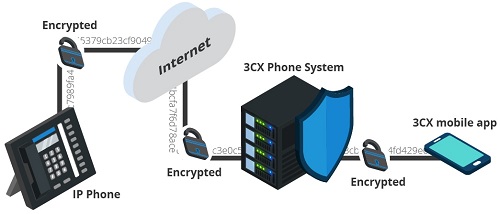DTLS - Datagram Transport Layer Security

What is DTLS?
Datagram Transport Layer Security (DTLS) – DTLS was developed with TLS as a starting point for applications with an unreliable transport layer, such as IoT, Video Conferencing, Voice over IP, VPN, and Massive Multiplayer Online Games. It was standardized in 2006 revised in 2012.
DTLS is a session layer protocol that allows datagram-based applications to communicate in a way that is designed to prevent tampering, message forgery, and eavesdropping.
Advantages of DTLS

Handles Unreliable Transport Layers

Low Power

End-To-End Security
How DTLS Works
IoT and specialized protocols such as CoAPs often rely on UDP for communication as the transport layer is unreliable by nature, making DTLS a great candidate for encryption, thus, eliminating the need for a TCP/TLS stack. Resource consumption can be further optimized by using specialized cipher suites and pre-shared keys, making DTLS an attractive protocol for such devices.
Every DTLS-enabled application involves a number of vital processing steps:
- Packet IO
- Tracking the state of different connections
- Packet processing which includes the encryption/decryption of packets
Radiocrafts’ RF Modules Supporting DTLS
Radiocrafts’ RC1882CEF-IPM RIIM Module has support for DTLS. RIIM™ (Radiocrafts Industrial IP Mesh) is an embedded RF system designed to be an all-inclusive, easy to use mesh, with direct IP addressing. The RF protocol is the IEEE802.15.4 g/e standard. RIIM™ includes an Intelligent C-programmable I/O (ICI), which makes it possible to directly interface to any sensor or actuator, and, it supports Mist Computing. RIIM™ does not require any license or subscription fee. Read more about RIIM here.


